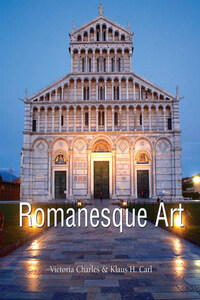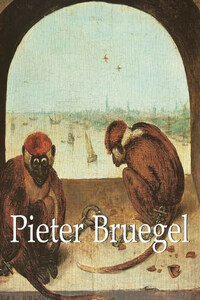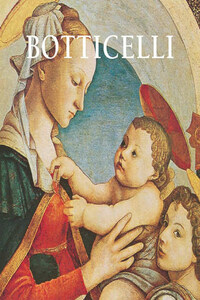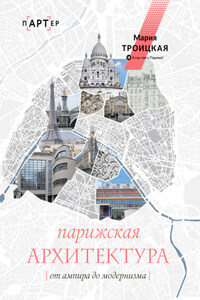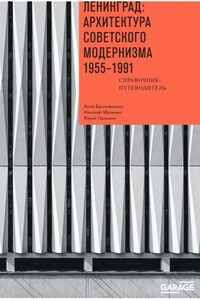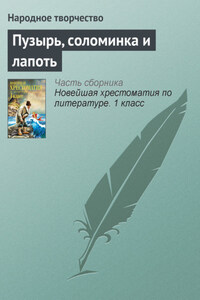Translator: All Global Solutions International, Inc.
Layout:
Baseline Co. Ltd
61A-63A Vo Van Tan Street
4>th Floor
District 3, Ho Chi Minh City
Vietnam
© Confidential Concepts, worldwide, USA
© Parkstone Press International, New York, USA
Image-Bar www.image-bar.com
All rights reserved.
No part of this book may be reproduced or adapted without the permission of the copyright holder, throughout the world. Unless otherwise specified, copyright on the works reproduced lies with the respective photographers. Despite intensive research, it has not always been possible to establish copyright ownership. Where this is the case, we would appreciate notification.
Editor’s Note:
Wherever the text refers to countries, the names of modern nations were used for a more comprehensive understanding. Nevertheless, the people of the time were tribesmen, generally spoke Latin, and belonged to the Holy Roman Empire.
* * *
Around the turn of the first millennium, the entire occident was encompassed by great religious, political and cultural uncertainty. With the collapse of the Roman Empire and the Barbarian Invasions from 375 A. D. to 568 A. D., Roman art, too, disappeared from Western Europe. Invasions by the Huns and Germanic tribes resulted in an artistic and political vacuum, in which a variety of Christian and pagan cultures collided. In the area of modern-day France, a blend of Roman, Germanic, Merovingian and Byzantine art developed. The Viking and Saxon tribes were masters of depiction of stylised animals and invented complex abstract knotting and weaving patterns; the Germanic tribes contributed their portable art and ornamentation.
Gradually, however, ancient Roman art was rediscovered. Emperor Charlemagne, who, around 800 A. D., made every effort to revive the Roman Empire and even considered himself the successor to the Western Roman Emperors, so furthered the interest in ancient art that it can be referred to as a “Carolingian Renaissance”. He sent his people out to bring ancient artefacts back to his court, and there actually are some examples of Carolingian sculpture which, in a naive manner, emulate these models. At the same time, Carolingian portable art blossomed, and mainly produced ivory carvings and metalwork as well as a few small bronze statues. In architecture, the Roman style with its round arches, massive walls, and barrel vaults became established.
After the disintegration of the Charlemagne’s global empire, the Germans emerged almost unscathed. On 8 August 870 A. D., the treaty of Meerssen (near Maastricht in the modern-day Netherlands) also conjoined them into a political unit, the Kingdom of the East Franks, which included the Bavarian, Frankish, Saxon, Swabian, Alamannic, and Lorrain Franconian tribes. During the war turmoil of the ensuing decades, however, this federation disbanded again. Only two tribes, the Franks and Saxons, stood so firmly together that after the death of the last Carolingian who was able claim the rule of the East Franks, they first elected as king Duke Conrad of Franconia, who subsequently died in 918 A. D., and after his death the energetic Duke Henry I of Saxony in 919 A. D. With him began the line of Saxon rulers, whose dynasty would hold the throne for more than a century. He succeeded in reuniting all German tribes, as under Charlemagne, and giving them an awareness of their national unity. Otto I, of course, the most talented and successful of the Saxon kings, also intended to achieve the revival of the Carolingian Empire as his highest political ideal. Like his role model Charlemagne, he sought to locate his centre of gravity in Rome. After Otto was crowned Emperor there in 962 A. D., he founded the Holy Roman Empire of the German Nation as the spiritual legacy of the Roman and Carolingian empires. It lasted, if only in name, until 1806. Otto’s coronation brought about a new stability in the arts, politics and economy, and thus the Ottonian style. Huge cathedrals were created, as well as monastic churches and other ecclesiastical structures. The secular world – knighthood was in its prime – showed its power by building castles and palaces.
Intense fighting accompanied the first two Saxon kings throughout almost all of their reigns. It finally ended in victory over the rivals within their own ranks and, in 955 A. D., in the battle of Lechfeld, where they were victorious over the tribes of Southeastern Europe, who had relentlessly been attacking the empire’s borders.
In Germany, as the empire was henceforth known, a culture blossomed which also became the foundation for a new development in the fine arts. Architecture took the leading role, with such predominance that it gave direction to all the other arts. Even though it was still connected to the art of the Carolingian age, which had been modelled after Roman examples, under the Saxon kings it increasingly took on national characteristics, eventually penetrating the traditional forms and giving rise to a new, local art, as diverse as the characteristics of a landscape and its inhabitants. Since late Antiquity, monasteries, which covered Central and Western Europe in an ever denser network, were and continued to be the patrons of occidental culture.
